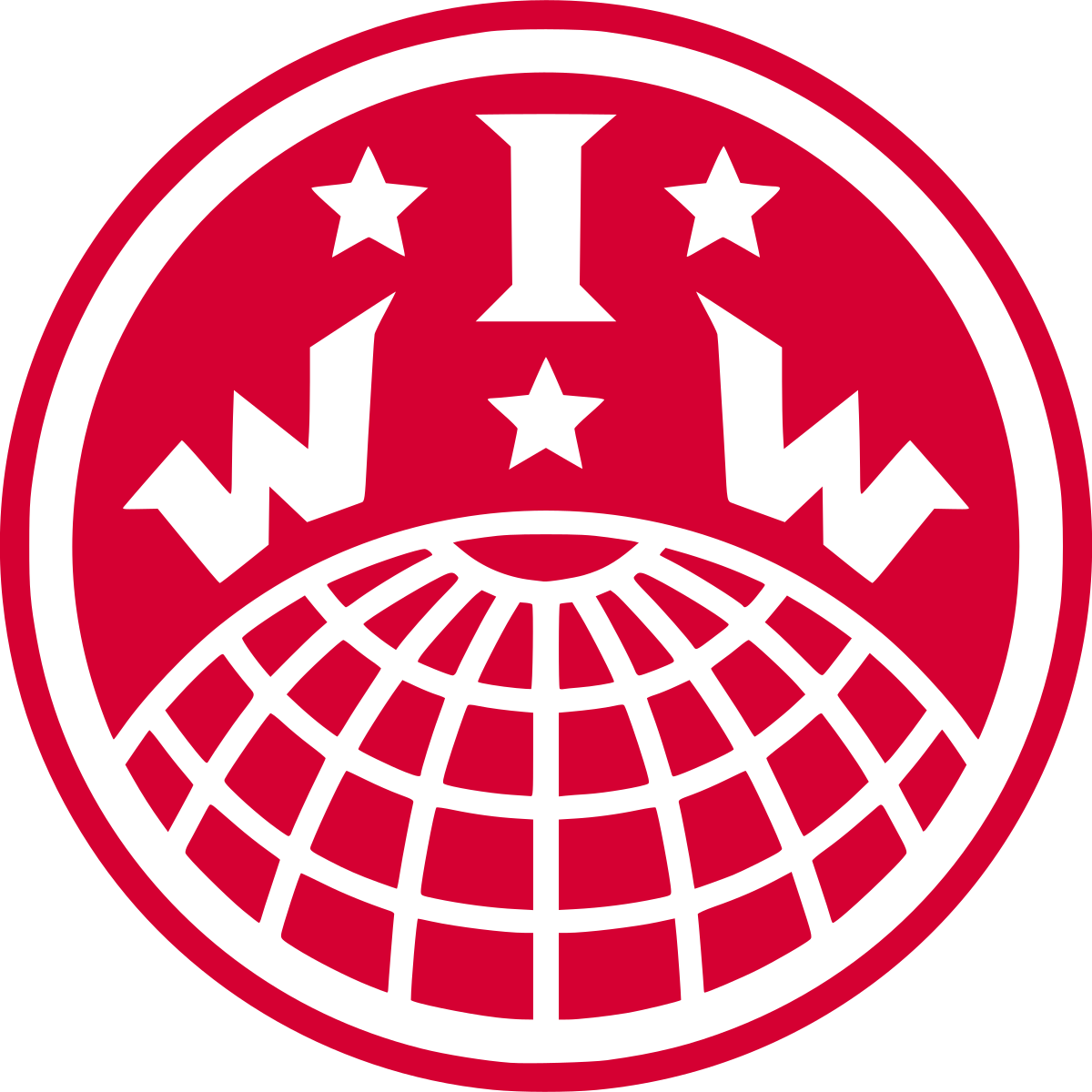On this day in 1877, the Great Railroad Strike began after the Baltimore and Ohio Railroad (B&O) cut wages for the third time in a year, a labor uprising that led to the first major American employer to offer a pension plan in 1884.Although the strike began in Martinsburg, West Virginia, it quickly spread throughout the United States.
Striking workers would not allow any trains, mainly freight, to roll until the third wage cut was revoked. West Virginia Governor Henry M. Mathews sent in National Guard units to restore train service. When the soldiers refused to fire on the workers, he appealed for federal troops.
Because of economic problems and pressure on wages by the railroads, workers in numerous other states, including New York, Pennsylvania, Maryland, Illinois, and Missouri, also went out on strike. At its height, the labor action was supported by approximately 100,000 workers nationwide.
The strike finally ended about 69 days later, forcibly put down by a combination of unofficial militias, the National Guard, and federal troops. An estimated 100 people were killed across the country and more than one hundred million dollars worth of property was damaged, in part from workers destroying the railroad's buildings, engines, and railroad cars.
Due to this unrest and other, later labor efforts, the B&O became the first major employer in the United States to offer a pension plan in 1884.
Megathreads and spaces to hang out:
- ❤️ Come listen to music and Watch movies with your fellow Hexbears nerd, in Cy.tube
- 💖 Come talk in the New Monthly queer thread
- 💛 Read and talk about a current topics in the News Megathread
- ⭐️ October Movie Nominations ⭐️
reminders:
- 💚 You nerds can join specific comms to see posts about all sorts of topics
- 💙 Hexbear’s algorithm prioritizes struggle sessions over upbears
- 💜 Sorting by new you nerd
- 🌈 If you ever want to make your own megathread, you can go here nerd
- 🐶 Join the unofficial Hexbear-adjacent Mastodon instance toots.matapacos.dog
Links To Resources (Aid and Theory):
Aid:
- 💙Comprehensive list of resources for those in need of an abortion -- reddit link
- 💙Resources for Palestine
Theory:


Is it normal to feel like I'm owned by Wal-mart?